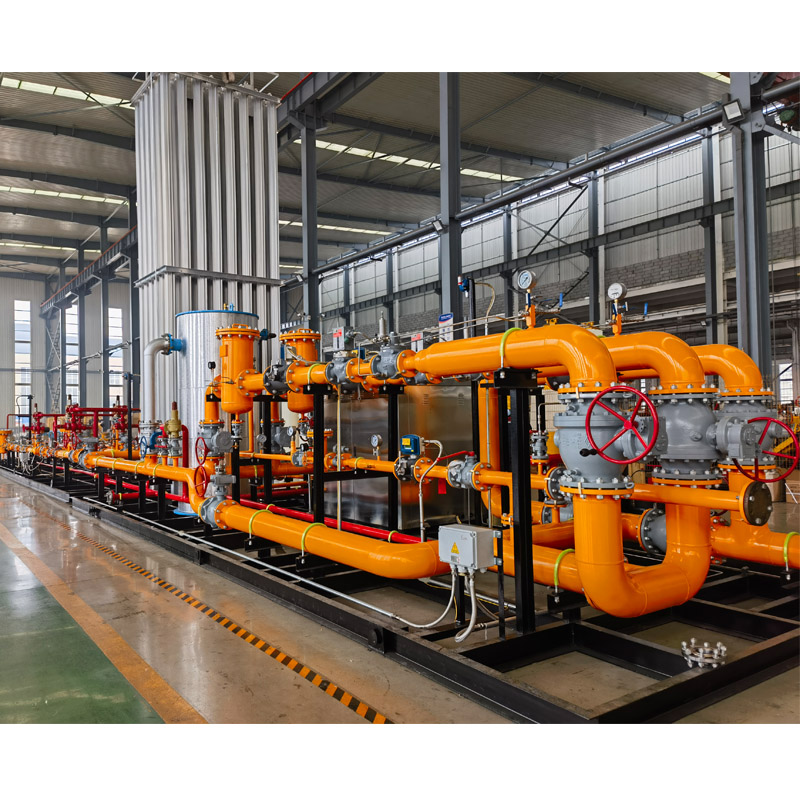
Nov . 05, 2024 19:51
Back to list
صمام تنفيس الأمان
Safety Relief Valves Ensuring Pressure Management and System Integrity
Safety relief valves are critical components used in various industrial processes where pressure management is essential. These devices are designed to protect equipment and personnel from the dangers of excessive pressure by providing a safe way for excess pressure to escape. This article explores the function, importance, and types of safety relief valves, emphasizing their role in maintaining safety in high-pressure systems.
.
The significance of safety relief valves cannot be overstated. In industries such as oil and gas, chemical manufacturing, and power generation, the consequences of pressure-related failures can be dire, leading to significant financial losses, environmental damage, and threats to human safety. A failure to manage pressure adequately can result in incidents that endanger lives and cause extensive property damage. Therefore, the installation and maintenance of safety relief valves is a regulatory requirement in many jurisdictions, underscoring their importance in industrial safety protocols.
صمام تنفيس الأمان

There are two primary types of safety relief valves spring-loaded and pilot-operated valves. Spring-loaded safety relief valves are the most common type. They utilize a spring to hold a disc against a seat, controlling the flow of media. When the pressure exceeds the spring’s set point, the force overcomes the spring tension, allowing the disc to lift and release the excess pressure. These valves are relatively simple, reliable, and easy to maintain.
Pilot-operated safety relief valves, on the other hand, are more complex and are typically used in systems where high flow rates or larger capacities are required. These valves use a smaller pilot valve to control a larger valve. When the system pressure surpasses a certain threshold, the pilot valve opens, which then allows the main valve to open and release pressure. This design provides precise control and is beneficial in high-pressure applications, as it can quickly respond to changes in pressure without the risk of chattering, a common issue with spring-loaded valves.
Proper sizing and selection of safety relief valves are critical to their effectiveness. Engineers must carefully calculate the requirements based on the maximum allowed pressure, the type of fluid being controlled, and the environmental conditions. An improperly sized valve can lead to either premature opening or failure to open when needed, which could expose the system to hazards. Therefore, regular maintenance and testing of these valves are essential to ensure they function correctly when required.
In conclusion, safety relief valves play an essential role in safeguarding industrial systems from the risks associated with excessive pressure. Their design and function are foundational to maintaining safety, preventing catastrophic incidents, and ensuring operational efficiency. As industries continue to evolve, the technology surrounding safety relief valves advances as well, focusing on enhancing reliability, efficiency, and compliance with safety regulations. Ultimately, investing in high-quality safety relief valves and adhering to maintenance standards is a fundamental aspect of any operation dealing with high-pressure systems, protecting both people and assets from potential disasters.
Next:
Latest news
-
Safety Valve Spring-Loaded Design Overpressure ProtectionNewsJul.25,2025
-
Precision Voltage Regulator AC5 Accuracy Grade PerformanceNewsJul.25,2025
-
Natural Gas Pressure Regulating Skid Industrial Pipeline ApplicationsNewsJul.25,2025
-
Natural Gas Filter Stainless Steel Mesh Element DesignNewsJul.25,2025
-
Gas Pressure Regulator Valve Direct-Acting Spring-Loaded DesignNewsJul.25,2025
-
Decompression Equipment Multi-Stage Heat Exchange System DesignNewsJul.25,2025

